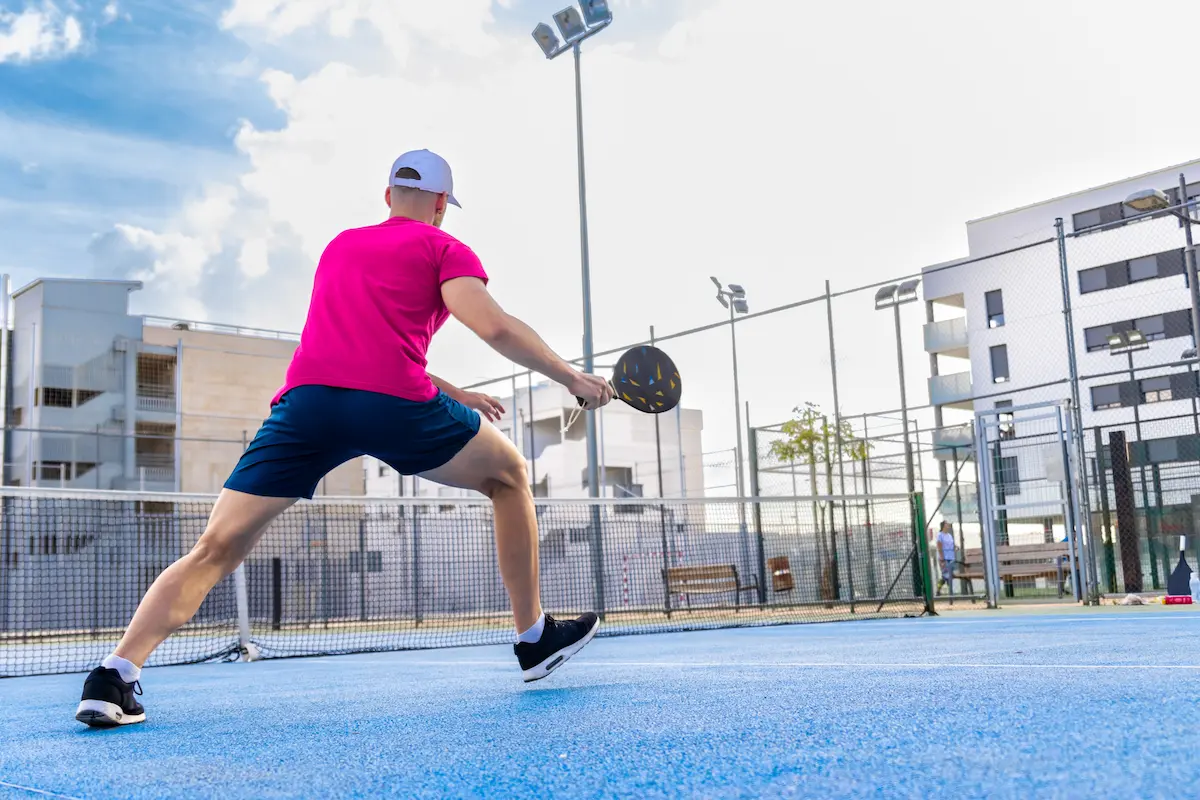Pickleball is an exciting sport that’s gaining popularity rapidly.
However, as with any physical activity, adequate precautions must be taken to ensure players’ safety and enhance their performance.
This article explores practical strategies for maximizing your pickleball experience while prioritizing health and enjoyment.
Balancing Activity Levels: Focusing on Skill Correction and Rest
Reduced High-Intensity Activities
A significant aspect of maintaining health during pickleball sessions is to cut down on activities that excessively elevate heart rates.
This doesn’t mean reducing the quality or intensity of training but rather focusing more on:
- Skill correction
- Execution
- Stationary hitting drills
- Station work with built-in rest breaks
Working with Partners
Encouraging students to work in pairs allows them to alternate between active play and resting periods, reducing fatigue and improving overall performance.
Importance of Hydration and Cooling
Stay hydrated and cool by following these tips:
- Bring plenty of water
- Take electrolytes
- Use cooling towels during class
- Wear hats, visors, sunglasses, and sunscreen
- Choose light clothing
Maintaining Open Communication and Incorporating Strategic Breaks
Effective communication plays a crucial role in preventing exhaustion and injuries. Players should feel free to request breaks when needed. Here’s how to implement this:
Incorporate Educational Breaks
Include breaks to go over common errors, discuss strategy, and make improvements. This not only provides rest but also enriches learning.
Rest Break Stations
Set up rest break stations where players can:
- Observe and learn from others’ corrections
- Ask questions
- Interact non-competitively (e.g., petting Gracie)
Gradual Introduction of Scoring and Gameplay
Instead of waiting until the last class of the month to introduce these elements, gradually integrating them into each session helps provide a balanced approach.
Post-Class Recovery Techniques
Cooling Off Properly
After class, encourage players to take proper steps for recovery:
- Cool off
- Hydrate well
- Eat something nutritious
- Get into air conditioning
- Use facilities like swimming pools
Indoor Drill Classes Options
To avoid exposure to harsh sun, suggest indoor drill classes such as those offered at Demuth Community Center or the Salvation Army.
Enhancing Skills and Having Fun: Combining Drilling with Gameplay
Round Robin Tournaments
Organize events like indoor round robins, which include various types of games such as singles, doubles, and mixed doubles. These can foster community and improve skills.
Evolving Techniques and Approaches
Learning from experienced players like Zane, who adapted his techniques over time, emphasizes:
- Using different types of shots (topspin, slice, etc.)
- Not sticking solely to one type of shot
- Adding new skills like banana shots, tomahawks, and two-handed backhands to enhance versatility
Warm-Up and Injury Prevention
Proper warm-up, cooldown, and flexibility exercises are essential to prevent injuries. Watching instructional videos can provide valuable insights into the latest best practices.
Building a Supportive Community
Partnering Wisely
If a player has limited mobility, partnering with someone who can cover more ground can be advantageous. The goal is to enjoy the game without stressing individual limitations.
Fun and Humility
Maintaining humility, enjoying learning new things, and socializing with fun people can significantly enhance the gaming experience. Remember, it’s a game meant for enjoyment and not just competition.
By implementing these strategies, you can enjoy pickleball while staying safe and continuously improving your skills. Always prioritize health and fun to get the most out of your playing experience.

